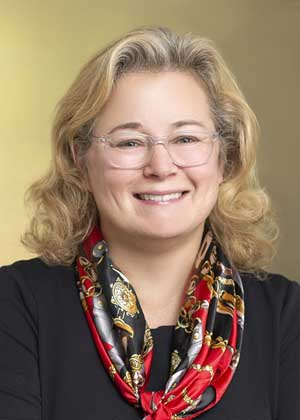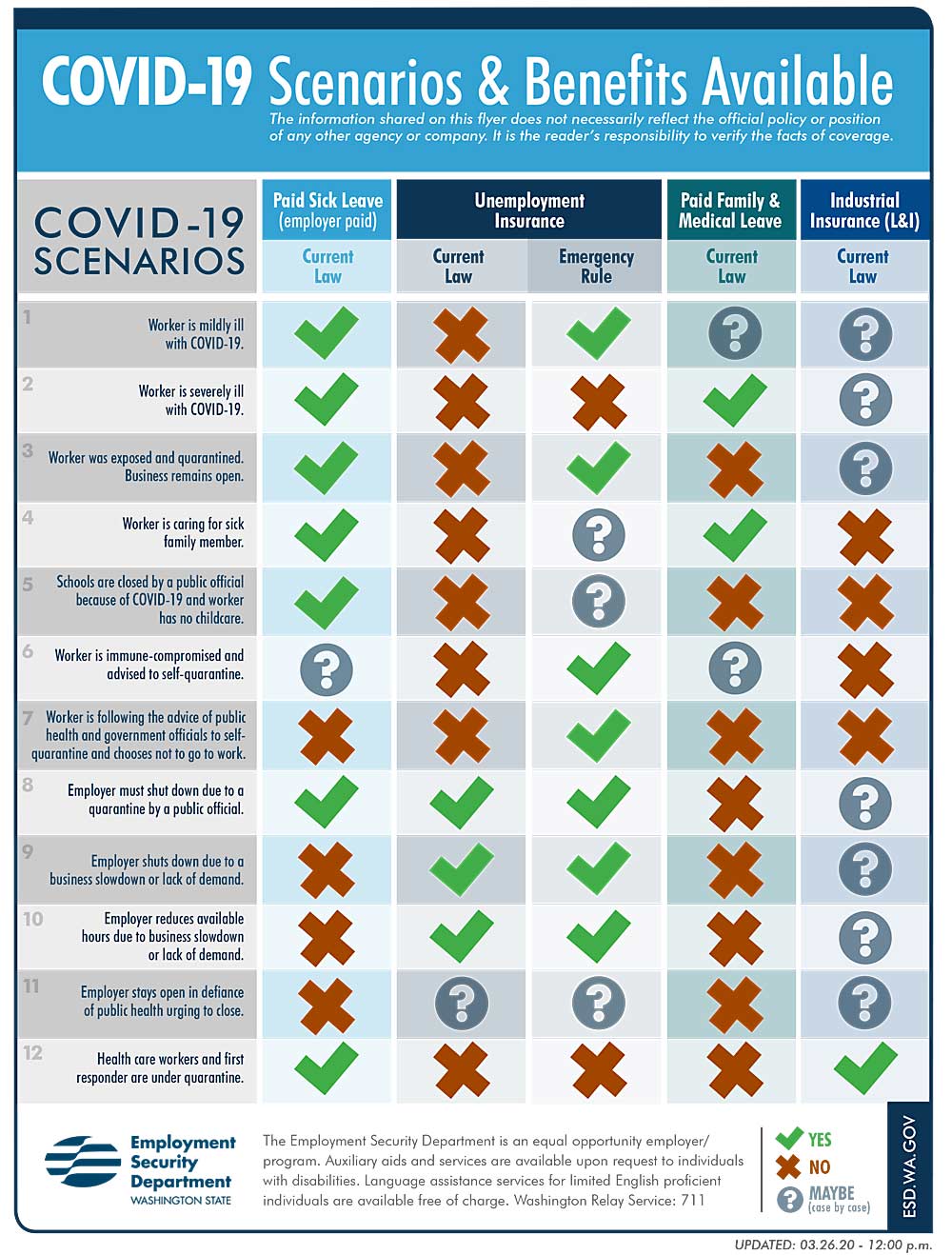Under the coronavirus pandemic response plans developed by lawmakers, farmers face mandates to grant to affected workers new forms of sick or family care leave that may overlap with existing federal and state laws.
The result — a new matrix of the leave workers are eligible for and when — can be confusing, said Sarah Wixson, an attorney with the Stokes Lawrence law firm in Yakima, Washington. She and her colleagues have been fielding questions from farmers and advise caution and patience to navigate the rules.

“You have to walk through it,” Wixson said. “One, it’s all new, and two, there’s a whole variety of options people are facing.”
Here are a few tips from her law firm, which frequently represents agricultural employers:
In Washington state, workers get to choose the pot from which they draw medical leave benefits. But, generally speaking, she advises growers to encourage the use of the Families First Coronavirus Response Act that Congress passed in mid-March, because it offers dollar-for-dollar tax credits for any leave granted to workers affected by the coronavirus. In essence, the federal government has promised to reimburse those costs for 14 days of paid leave. The Families First leave helps workers, too, by allowing them to keep intact the days they have accrued in their state leave bank.
To use Families First, the employer must have fewer than 500 workers on the day an employee requests the leave. The benefits top out at 80 hours per worker at full wages, up to $500 per day, for a worker who falls sick with COVID-19, the disease caused by the coronavirus, or two-thirds wages, up to $200 per day, for a worker who must care for a family member who is sick or a child who can’t go to school or attend daycare. That’s the most common request now, “because everybody is scrambling for childcare,” Wixson said in late April. Under that scenario, it’s possible for a worker to make less than minimum wage.
Employees may make requests by phone with their employers. The employers should collect some information, including statements about the reason for the request, the age of children, if they are part of the reason, and name of the school or daycare facility they can’t attend.
After 80 hours, workers may turn to an emergency clause of the federal Family Medical Leave Act, FMLA. Normally, it grants unpaid, but job-protected, leave for sickness or to care for family members for up to 12 weeks, but workers are not eligible until after 12 months of employment. However, the Families First Act expanded access to FMLA leave by allowing workers to access the leave after just 30 days on the job and also required pay of two-thirds normal wages for up to 10 weeks for the care of a child. The federal government also pays those costs back through tax deductions.
After tapping federal resources, growers should steer employees to their state laws, she recommended.

On Jan. 1, 2018, Washington state’s Paid Sick Leave Act took effect, requiring all employers to let workers accrue paid sick leave hours. It also covers workers who are ill with COVID-19, who are under quarantine for exposure, who are caring for sick family members or children home due to school closure, or who work at a place ordered to shut down due to the coronavirus.
Emergency changes to Washington’s unemployment insurance also add new means of qualification, including if a worker chooses to self-quarantine due to a compromised immune system or is acting on the advice of public health officials.
All the decisions are up to the workers, Wixson said. Employers may not send a worker home just because he or she appears old or otherwise vulnerable.
Most of the sick leave laws apply to H-2A workers, too, Wixson said, as do family care leave regulations, though few H-2A employees have their families with them. They may be exempt from the emergency unemployment coverage, she said.
To avoid mistakes, Wixson encourages agricultural businesses to print out both documents and funnel leave requests through one or two managers or human resources specialists who have studied the variety of laws with caution.
“Everyone needs to slow their roll and walk through it carefully,” Wixson said. •
—by Ross Courtney
Online:
Washington’s Employment Security Department has a chart on its website that lays out coverage based on scenarios: https://bit.ly/2Wp9d9z
Stokes Lawrence law firm in Yakima, Washington, developed a model federal request form that lists qualifying reasons for claiming leave under the Families First law: https://bit.ly/3blwJso
Other states’ resources:
Paid sick and family leave laws vary state by state in normal times, and each state government has enacted different responses to the coronavirus. Here’s a list of websites describing requirements in tree fruit producing states.
Oregon: www.oregon.gov/boli/pages/coronavirus-and-workplace-laws.aspx
New York: www.paidfamilyleave.ny.gov/COVID19
Michigan: www.michigan.gov/coronavirus
California: www.labor.ca.gov/coronavirus2019/ and www.dir.ca.gov/dlse/2019-Novel-Coronavirus.htm
Pennsylvania: www.health.pa.gov/topics/disease/coronavirus/Pages/Businesses.aspx






Leave A Comment